
Chomonkyo Gorge
Outline Changmon Gorge is a valley representing Yamaguchi Prefecture, the country
Info
Spot Category
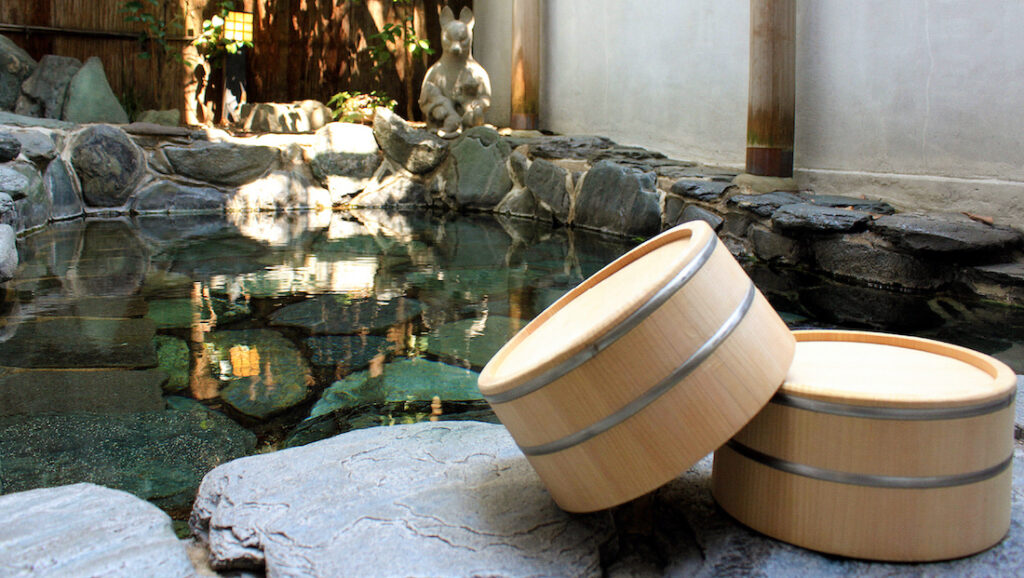


Outline
The name Yuda originates from the rice fields where hot spring water naturally gushed forth. The alkaline simple spring is colorless and clear, and its water quality remains unchanged over time, with no decrease in temperature or water volume. Supporting more than 30 inns and hot spring facilities, Yuda Onsen proudly holds the title of the greatest hot spring town on the Sanyo Road.
As for when the hot spring first emerged, a document from the provincial government (kokuga) dated 1200 (Shōji 2) mentions the name “Yuda,” indicating that the spring has been flowing for at least 810 years, and possibly even longer.
According to the legend of the discovery of the hot spring, around the Eishō era (1504–1521), a white fox came every night to soak its wounded paw in a small pond within the grounds of a temple at the foot of Mt. Gongen in Yuda. Curious about this, the temple’s monk scooped up some water from the pond and found it to be warm. He then asked a nearby farmer to dig around the pond, where hot water gushed out, along with a gold statue of Yakushi Buddha. A hall was built to enshrine the statue as the guardian deity of the hot spring. People began to worship the statue and bathe in the hot spring, which became known as “Shirokitsu no Yu” (The White Fox’s Bath), famous for curing even incurable diseases. This legend is believed to have led to the prosperity of the hot spring.
Another legend tells of Ōuchi Yoshitaka, who was suffering from severe elbow pain. One day, an old monk visited him and poured water from a small jar over the afflicted area, miraculously curing Yoshitaka’s ailment. The old monk introduced himself as “one who resides in Ontō Ryūsen” and left after receiving Yoshitaka’s cherished inkstone. Later, the inkstone was found placed in a small hall in Asakura, prompting Yoshitaka to soak his hand in a nearby pond, where he felt the warmth of the water. He gathered local farmers to dig around the area, leading to the discovery of the hot spring. This event led to the establishment of Ontōzan Ryūsenji Temple in 1525 (Daiei 5), according to legend.
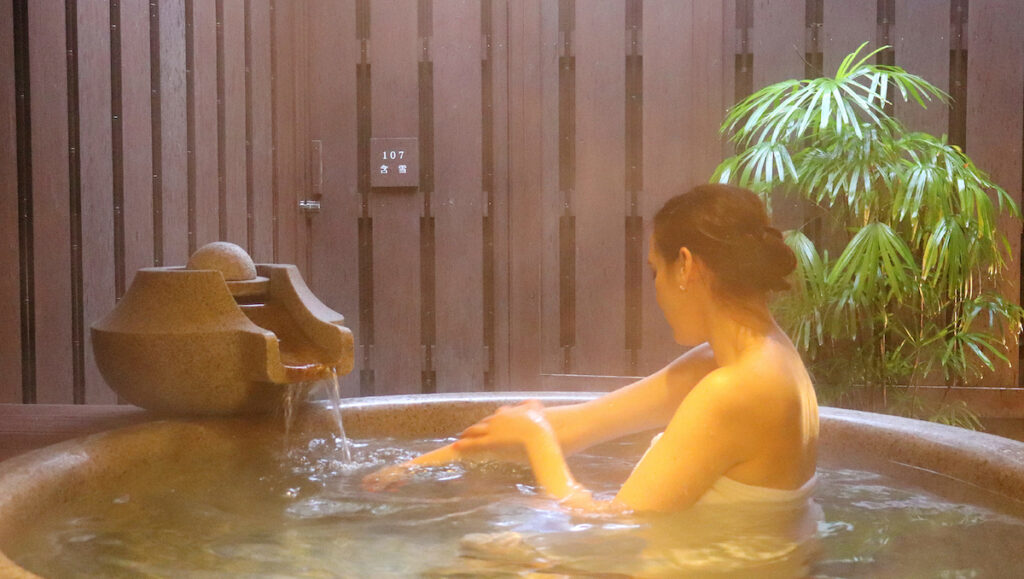
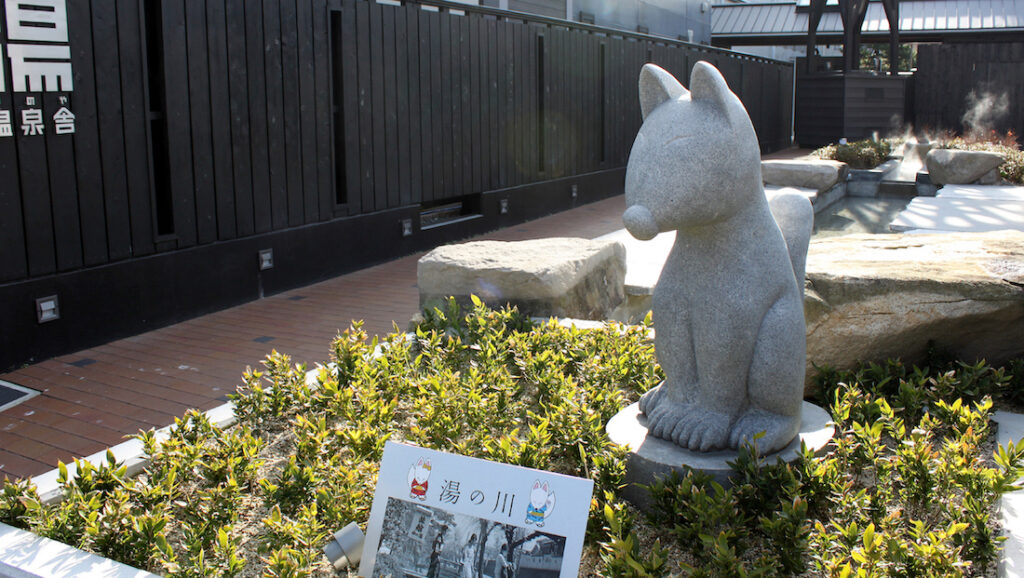
Foot Baths
There are five “foot baths” in the Yudaonsen area, and everyone is free to use them.
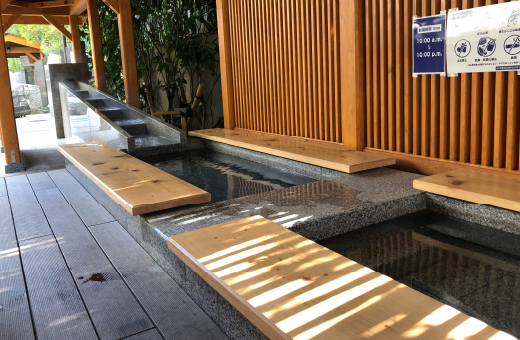
Opening hours 10:00-22:00

Opening hours 10:00-22:00
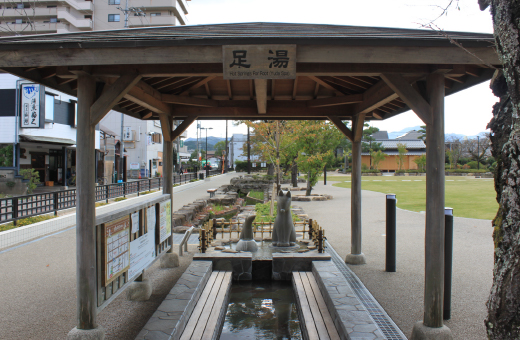
Opening hours 10:00-22:00
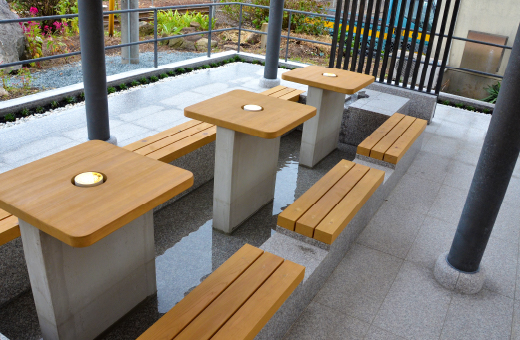
Opening hours 10:00-22:00

Copyright Yamaguchi Tourism Convention Association All Rights Reserved.

Outline Changmon Gorge is a valley representing Yamaguchi Prefecture, the country
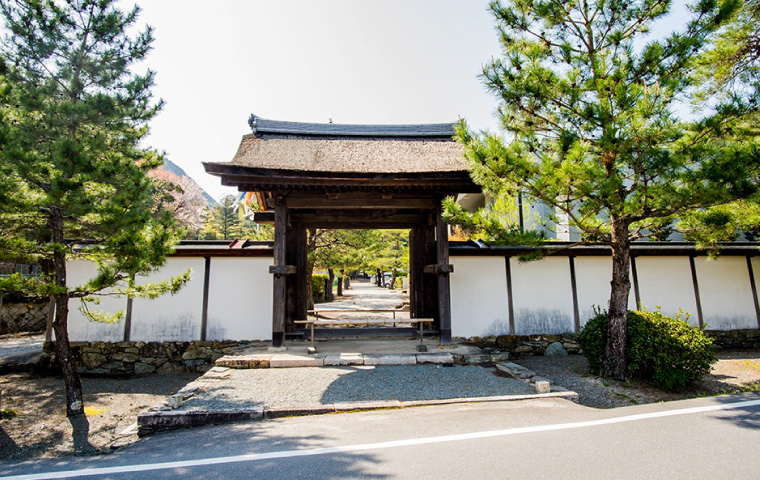
The treasury of cultural treasures such as the mountain gate of Shigemun, the feudal lords are in flames at the end of the Tokugawa period

Outline The Muromachi period, Yamaguchi's made to imitate Kyoto
This website uses cookies so that we can provide you with the best user experience possible. Cookie information is stored in your browser and performs functions such as recognising you when you return to our website and helping our team to understand which sections of the website you find most interesting and useful.
Strictly Necessary Cookie should be enabled at all times so that we can save your preferences for cookie settings.
If you disable this cookie, we will not be able to save your preferences. This means that every time you visit this website you will need to enable or disable cookies again.
